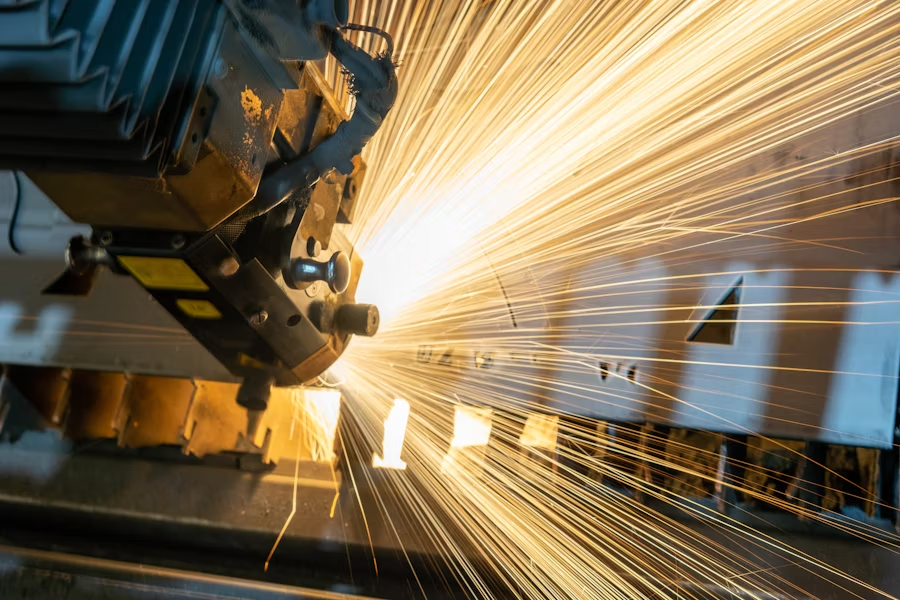In today’s fast-paced business environment, companies are continually seeking innovative solutions to enhance efficiency and adaptability. Prefabricated office buildings, also known as modular offices, have emerged as a compelling alternative to traditional construction methods, offering numerous advantages that cater to the dynamic needs of modern enterprises.
🧱 What Are Prefabricated Offices?
Prefabricated offices are structures manufactured off-site in controlled factory settings and then transported to the desired location for assembly. This process contrasts with conventional on-site construction, allowing for greater precision, reduced waste, and faster completion times. These modular buildings can serve as temporary or permanent office spaces, providing flexibility for various business requirements.
✅ Benefits of Prefabricated Office Buildings
⚡ Speedy Construction and Installation
One of the most significant advantages of prefabricated offices is the rapid construction timeline. Since components are produced simultaneously with site preparation, projects can be completed in a fraction of the time required for traditional builds. This accelerated process enables businesses to become operational sooner, providing a quicker return on investment.
💷 Cost-Effectiveness
Modular construction often results in cost savings due to reduced labour expenses and minimised material waste. The controlled factory environment ensures efficient use of resources, and the shorter build time decreases overall project costs. Additionally, the predictability of the modular construction process helps in accurate budgeting and financial planning.
🔄 Flexibility and Scalability
Prefabricated offices offer unparalleled flexibility, allowing businesses to customise layouts and designs to suit their specific needs. As companies grow or evolve, these modular structures can be easily expanded, reconfigured, or relocated, providing a scalable solution that adapts to changing requirements.
🌱 Sustainability
Modular buildings are inherently more sustainable than traditional construction methods. The factory-controlled process reduces material waste, and many modular structures incorporate eco-friendly materials and energy-efficient systems. Furthermore, the ability to disassemble and relocate modules extends their lifecycle, reducing the need for new raw materials and minimising environmental impact.
🛠️ Quality Control
Constructing building components in a factory setting ensures stringent quality control measures. Each module undergoes rigorous inspections and adheres to precise specifications, resulting in a final product that meets high-quality standards. This consistency is often challenging to achieve with traditional on-site construction, where variables such as weather conditions and site constraints can affect quality.
🏭 Applications of Prefabricated Offices
Prefabricated office buildings are suitable for a wide range of applications across various industries:
🏢 Corporate Offices: Establish headquarters or branch offices quickly with customised layouts.
👷 Construction Site Offices: Provide on-site teams with relocatable and functional workspaces.
🎓 Educational Institutions: Use for admin space or temporary classrooms during renovations.
🏥 Healthcare Facilities: Expand administrative areas or create temporary consultation spaces.
📈 Conclusion
Prefabricated office buildings represent a forward-thinking solution for businesses seeking efficient, flexible, and sustainable workspace options. By embracing modular construction, companies can respond swiftly to market demands, optimise operational costs, and contribute to environmental sustainability. As the industry continues to evolve, prefabricated offices are poised to play a pivotal role in shaping the future of commercial architecture.


